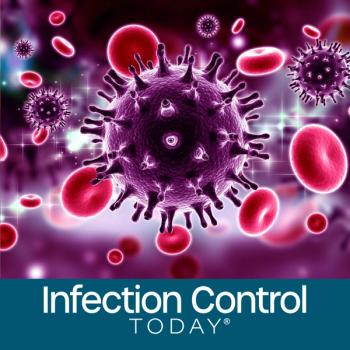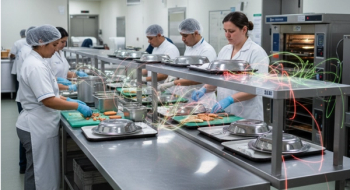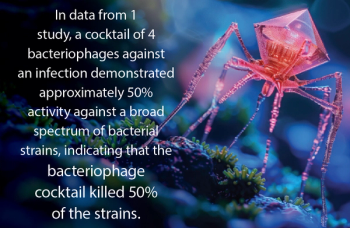
ICU Nurses, Non-Clinical Workers at Higher Risk of COVID-19 Infection
ICU nurses, more than other clinicians, because they have the most interaction with patients. Non-clinical workers because they may not be knowledgeable enough about mitigation methods, a study states.
Nurses working in intensive care units (ICUs) have the most chance of becoming infected by COVID-19, but all hospital personnel—including non-clinical workers—need to use personal protective equipment (PPE) to ward off infection, as well as utilize other nonpharmaceutical mitigation techniques both inside and outside the hospital setting. Those are some of the conclusions in a recent
Previous studies that examined the risk of COVID-19 infection for health care workers (HCWs) in the intensive care unit did not differentiate between occupations of those workers, and also did not indicate which HCWs worked in ICUs, according to investigators in Saudi Arabia who wrote the study.
The collected data “showed higher risk of COVID-19 infection in ICU nurses, which may be related to heavier exposure to sick ICU patients, who required extensive care, frequent bedside tasks, multiple medications, and continuous observation,” the study states. “While the viral shedding is decreasing over time, it is typically longer in ICU and more severe patients compared with non-ICU and milder patients. It has been pointed that strict use of PPE can abolish the higher COVID-19 risk among ICU nurses.”
One of the findings that surprised investigators involved the higher risk of COVID-19 infection among non-clinical support staff in ICUs—such as administrators, researchers, maintenance crews, food service, and security staff—who do not have much direct contact with COVID-19 patients. Previous studies suggest that non-clinical staff have lower risk of infection. (The clinical positions in the study included pharmacists, physiotherapists, dental assistants, and technicians.)
However, the study states, non-clinical HCWs probably lack the knowhow when it comes to protecting themselves from dangerous pathogens. “It has been reported that the compliance with hand hygiene and the use of personal protective equipment was lower in non-clinical compared with clinical staff,” the study states. Additionally, non-clinical staff may underestimate the risk of infection, leading to non-adherence to preventive measures such as wearing masks and social distancing.
A recent
Data were collected between March 1 to November 30, 2020, at the King Abdulaziz Medical City at Riyadh (KAMC-R), Saudi Arabia, which comprises two hospitals that provide care for members the Saudi National Guard and their families. The hospitals employ 16,317 HCWs including 5483 nurses, 2451 physicians, 3101 other clinical professionals, and 5282 HCWs who have limited or no direct contact with patients.
Included in the study were 1594 HCWs; 103 (6.5%) who worked in the ICU, and 1491 (93,5%) working in non-ICU locations.
“COVID-19 infection was similar in ICU and non-ICU locations (9.0% versus 9.8%, p=0.374),” the study states. “However, it was significantly higher in ICU nurses (12.3% versus 6.5%, p<0.001). Support staff had higher risk than other HCWs, irrespective of ICU working status (15.1% versus 7.2%, p<0.001).”
When the professional categories aren’t included in the mix, the risk of COVID-19 infection of HCWs in the ICU is about the same as the risk throughout a hospital. But when professional category is adjusted for, the risk of COVID-19 infection in an ICU is significantly higher among nurses while for physicians it was lower.
“Support staff had the highest risk irrespective of ICU working status,” the study states. “The differential risk by professional category is probably determined by both exposure level and protection practices. The finding underscores the importance of strict implementation of preventive measures among all HCWs, including those performing non-clinical services.”
Newsletter
Stay prepared and protected with Infection Control Today's newsletter, delivering essential updates, best practices, and expert insights for infection preventionists.






